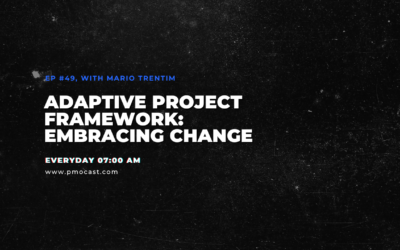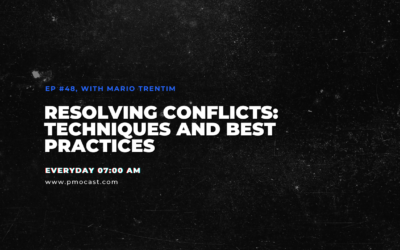Welcome to a comprehensive discussion on the Scaled Agile Framework (SAFe), an increasingly popular methodology for implementing Agile on a large scale across enterprises. In this guide, we will unravel SAFe’s key components, core values, principles, and offer insightful tips to successfully implement it in your organization.
Unpacking SAFe: Scaling Agile Across Enterprises
SAFe is an innovative framework crafted to aid organizations in scaling Agile practices beyond individual teams, enabling large enterprises to derive the benefits of Agile methodologies. The challenges of coordinating multiple Agile teams amplify as organizations expand. SAFe offers a structured approach to manage this intricacy, aligning teams around common objectives, and fostering enterprise-wide collaboration.
The Pillars of SAFe: Core Values and Guiding Principles
SAFe stands firmly on the foundation of four core values: alignment, built-in quality, transparency, and program execution. These values drive the framework’s practices and principles, ensuring organizations remain focused on delivering unparalleled value to customers. In addition, SAFe is guided by ten principles, stemming from Agile, Lean, and systems thinking. These principles include adopting an economic view, applying systems thinking, and cultivating a growth mindset.
Dissecting SAFe: Key Components and Roles
SAFe encompasses several key components such as Agile Release Trains (ARTs). ARTs are cross-functional teams collaborating to deliver value. They plan and execute work in Program Increments (PIs), typically spanning 8-12 weeks. Another essential component is Lean Portfolio Management (LPM), which synchronizes strategy and execution across the organization.
SAFe defines various roles, such as the Release Train Engineer (RTE), a servant leader and coach for the ART. Other roles include the Product Manager, tasked with defining and prioritizing the program backlog, and the System Architect, who provides technical guidance and architectural vision.
Implementing SAFe: A Step-by-Step Guide
Implementing SAFe successfully necessitates a thoughtful approach and strong leadership commitment. Here are some tips to help you begin:
1. Assess your organization’s readiness for SAFe: Evaluate your current Agile practices, organizational culture, and structure to identify where SAFe can add value.
2. Train and educate: Conduct training sessions and workshops to ensure team members and leaders grasp the principles and practices of SAFe.
3. Establish a Lean-Agile Center of Excellence (LACE): Assemble a cross-functional team of experts to spearhead the SAFe transformation and provide guidance and support.
4. Launch your first Agile Release Train: Begin with a pilot ART to gain experience and learn valuable lessons before scaling to other parts of the organization.
5. Continuously improve: Regularly inspect and adapt your SAFe implementation, integrating feedback and lessons learned to refine and optimize your approach.
By understanding the core values, principles, and components of the Scaled Agile Framework, you can successfully implement Agile at scale in your organization, reaping the benefits of flexibility, responsiveness, and customer-centricity.
SEO Keywords: Scaled Agile Framework, SAFe, Implementing Agile at Scale, Agile Release Trains, Lean Portfolio Management
Meta Description: Decode the secrets of the Scaled Agile Framework (SAFe) with our comprehensive guide. Discover how to implement Agile at scale and transform your project delivery.




0 Comments